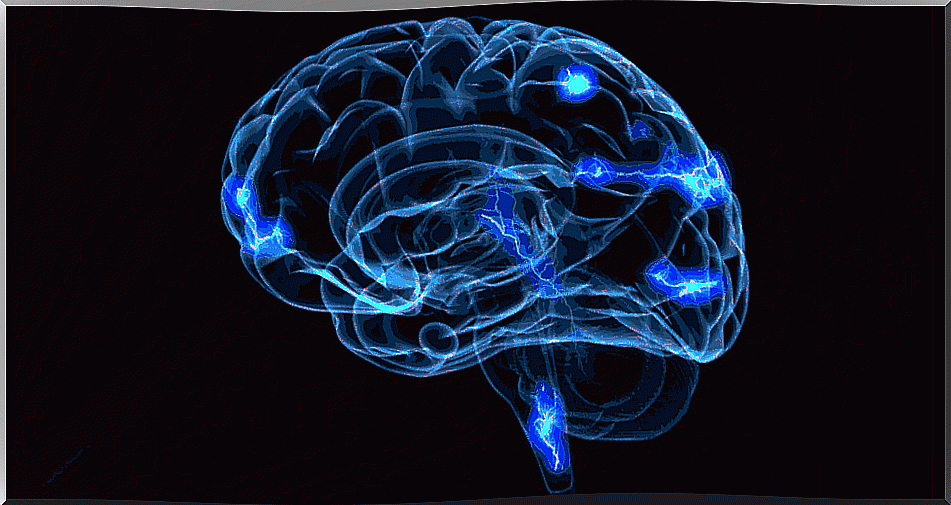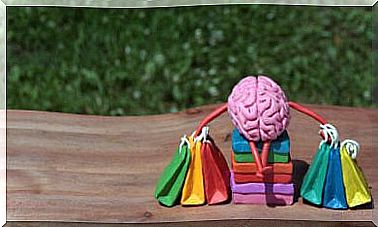The Loci Method Or The Palace Of Memories, A Wonderful Mnemonic Technique

The loci method or the memory palace is a very old mnemonic technique and ideal for training our mind in the art of good memory. It is based on getting our brain to relate data to specific locations, to specific physical routes or environments where we can place those inputs that we will later recall more easily.
At first glance, this strategy may seem elementary to us. However, sometimes the simplest things are the most effective; What’s more, sometimes they revert positively to our brain plasticity. We say the latter because recently we have known an interesting fact. Recently, the Radboud University Medical Center in the Netherlands carried out a study where they demonstrated, using electromagnetic tests, that the mnemonic strategy based on the loci method worked.
One of those examples studied was that of Boris Nikolai Konrad. This young neuroscientist, who has the world memory record in the evocation of data, has spent practically all his life making use of the so-called “mental palace”. He currently works at the Max Planck Institute for Psychiatry in Munich, and often gives lectures to demonstrate how our brain can change when we begin to train in mental and memory strategies such as the one offered by the loci method .
It is easy, it is effective and most importantly, it not only allows us to be more agile when it comes to remembering certain data. In addition, it allows us to have a more resistant brain.

The loci method and our spatial memory
As we have pointed out at the beginning, the loci method has its origins in ancient times. The development of this strategy is attributed to the lyrical poet Simónides de Ceos, who, almost without realizing it, made use of a mnemonic strategy later collected by books such as La Rhetorica ad Herrenium and De Oratore, by Cicero.
The story goes that Simónides de Ceos was invited to give a poetic recital in Thessaly. At one point, and in the middle of the event, he was called by a servant to deliver a private message. The poet went outside to read the note when, suddenly, a violent roar was heard. The palace he was in had just collapsed.
The victims were multiple and the personal disaster was immense. The violence of the trauma made it impossible to recognize each person, but Simónides de Ceos approached the doctors to tell them not to lift the bodies yet. The good poet was able to identify them one by one by remembering where they were located while he was in the room giving his recital. Later, this effective strategy received a more than suitable name: the loci method (loci, in Greek means place).
The art of locating memories in specific spaces
Many of us have been practicing this technique for many years without knowing the great potential that there is in it. When we make the shopping list, for example, one way to remember everything we need is by taking a mental tour of the supermarket in a mental way, aisle by aisle, shelf by shelf.
Likewise, every student, at a given moment of an exam, is able to remember a specific fact by evoking that specific place where he / she was while studying that part of the subject. All this encourages us to discover useful resources to get the most out of our memory, where connecting one information with another will always be more useful than getting it to integrate specific information mechanically, aseptically and forcibly.
Remember that we are emotional beings, and that our brain uses associations to create meaningful memories. In fact, spatial memory is a great activator of the hippocampus, that fascinating structure related to the generation and retrieval of memory, and which in turn is linked to our emotional universes.
Therefore, let us not hesitate to create our own mental palace, there where to go placing data, dates and mental notes here and there, and in every curious corner, to later be able to recover each object with greater agility.

How should I apply the loci method in my day to day?
The great characters of the world of literature and especially of that detective or criminal sphere, almost always make use of the loci method. They do not call it by its original name, they simply carry out this mnemonic strategy relentlessly and highly effectively. We see it for example in Sherlock Holmes, and we also saw it in the Hannibal Lecter saga of Thomas Harris.
Now, can we, in the humility of our responsibilities and daily life, apply the method of loci? The answer is obviously “yes”, and these would be the steps to link our spatial memory with working memory and long-term memory.
Loci method steps
- Choose your mental palace. It must be a familiar setting: your house, a friend’s, a library you know, a street in your town or city, a park …
- Design an itinerary, a route. For example: I leave my room, I pass through the corridor, I see the window, I pass through the bathroom, I come to the living room, I look at the sofa, the table, the shelves … Visualize every little detail in your mind.
- Now, in each one of those small details, a piece of information, information is “embedded”. It does not matter that it is absurd, because in fact disparate relationships are much better remembered. For example, if you are studying an opposition and you need to remember a legislative code, you can relate laws to specific objects.
- Once you’ve linked data to objects, details, or corners, take a tour of that scenario again. What’s more, go through it several times, until everything is familiar to you, known, where each information is in its precise place.

As we can see, the loci method requires no greater effort than visualization, will, imagination and the ability to establish associations. In this apparently simple exercise, our brain will be carrying out a myriad of wonderful neural processes where we can develop our memory, where we can create bridges, highways and roads where information runs fast, where it runs agile and efficiently.
Go ahead and put this strategy into practice.









